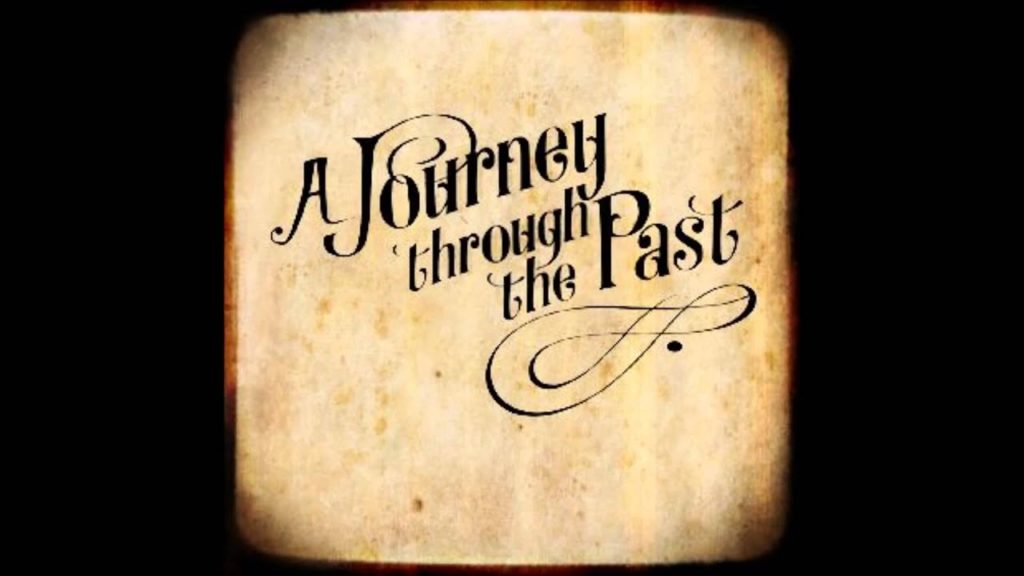When it was possible to actually tax rich people: A Journey Through the Past

Here’s another little teaser for my forthcoming Harry Truman article: What was Truman’s effective federal tax rate — this is his AGI divided by what he paid in federal taxes — when he started making big money? Note that Truman never made much money until he joined the Senate in 1935. For more than a decade prior to then he had been making $3,500 per year as a county-level administrator just outside Kansas City. This was which was actually a pretty large salary for the time, but Truman was still financially hard-pressed because because he spent all those years trying to pay off his debts from his failed haberdashery business from the early 1920s. Unlike his partner Eddie Jacobson, Truman never declared bankruptcy, because he knew doing so would be bad for his political ambitions. The great advantage of his government position was that his salary couldn’t be garnished, so Truman paid off parts his very large — equivalent to hundreds of thousands of dollars in 2021 money — debt in little bits and pieces, until he got elected to the Senate, when for some reason the bank holding it decided to settle the new senator’s outstanding balance at ten cents on the dollar.
By the way there’s a fun article to be written about Truman and his Jewish friends. In a draft will from 1950, he directs Bess and Margaret to raise money to build a Masonic Lodge on the Truman farm property by getting “Eddie Jacobson of KC and Abe Feinberg of New York to raise money among my Jewish friends” for this purpose. (FYI despite Harry’s ecumenical attitudes, Bess Truman was apparently a pretty bad anti-Semite, even for the time: in the mid-1960s David Susskind came to Independence to interview Harry, and wasn’t allowed into the house, because, he was told, Bess Truman would never allow a Jew to enter her house. These research rabbit holes never end).
Where was I? Ah yes, Harry’s effective federal tax rate.
When Truman got elected to the Senate, the annual salary for that position was $10,000 per year, which to use the technical economic jargon was just a whole big pile of money at that time. For example, in 1936, $10,000 per year was more than 99.17% of all American households were earning. But here’s the thing: for the first three decades of the existence of the federal income tax, which was made possible by the passage of the 16th amendment in 1913, nobody paid any federal taxes except the EXTREMELY wealthy. How progressive was the tax system back then? Take a gander at Harry Truman’s effective tax rate for his first five years in the Senate, when again he was literally at least on the bleeding edge what today we call the one percent:
1935: 2.7%
1936: Return not available
1937: 2.9%
1938: 1.77%
1939: 1.51%
1940: 2.00%
Then there was some sort of significant development or the other that changed things quite drastically indeed:
1941: Return not available
1942: 18.9%
1943: 27.5%
1944: 26%
Then Truman became president, and his salary took a massive leap upward, to $75,000 per year. This was comparable to what the CEOs of America’s largest companies were pulling down at the time — the POTUS was a vastly higher paid position, relatively speaking, back in those days, than it is today, when a “billionaire” like Donald Trump had to find a way to scrape along on Amy Chua’s salary. Oh right, he donated it all to charity. You’re killing me Smalls.
OK lets stay on task here. Truman’s effective federal tax rate during his first term as president:
1945: 56%
What is this, communist Russia?
1946: 54%
1947: 54.2%
1948: 38.3%.
Then during his second term Truman’s income took another massive leap forward, for legal, semi-legal, and definitely illegal reasons, but that’s a subject for another day.
Anyway, there’s obviously an extremely significant cultural shift here that takes place over a very short time, when suddenly high upper middle class to lower upper class people (Truman from the mid-1930s to the mid-1940s) went from paying essentially no federal taxes, to suddenly having to fork over more than a quarter of their income to Uncle Sam, just like that. I suspect this shift played a huge role in the rise of nascent movement conservatism (God and Man at Yale etc.) in the 1950s, when effective tax rates on rich people remained vastly higher than they are today.


